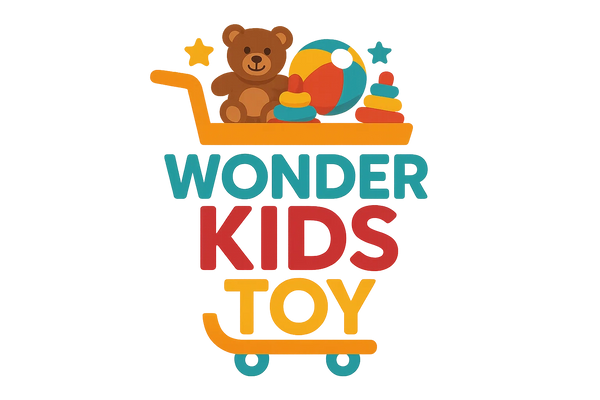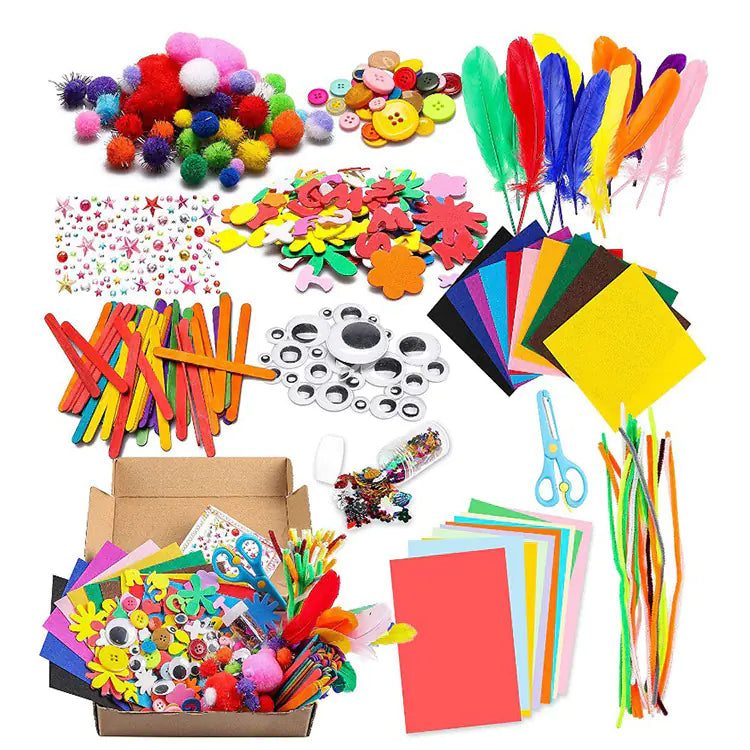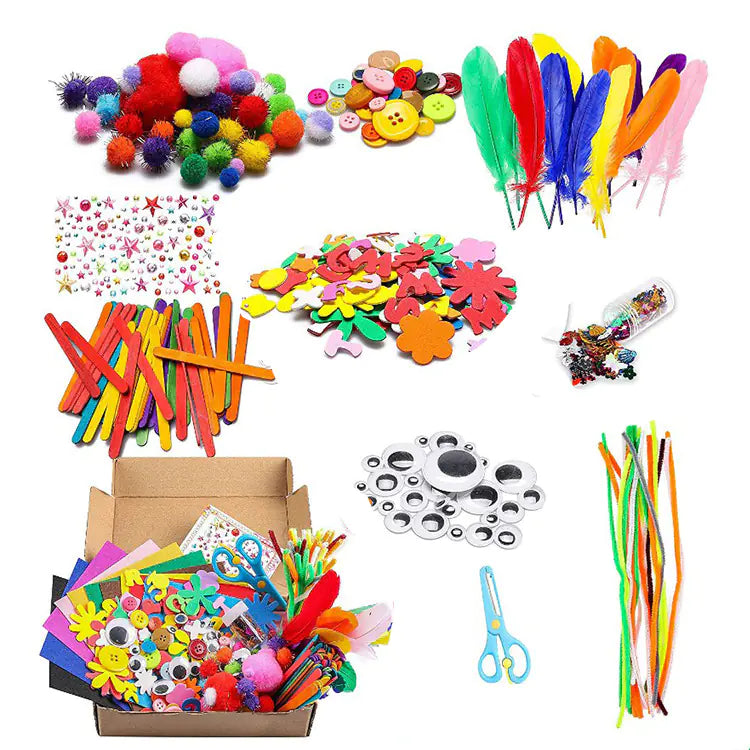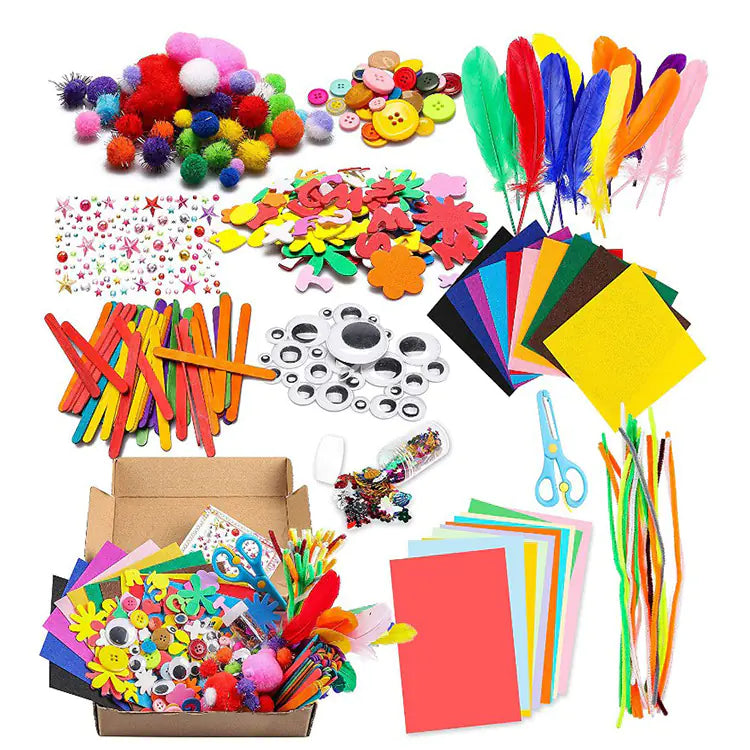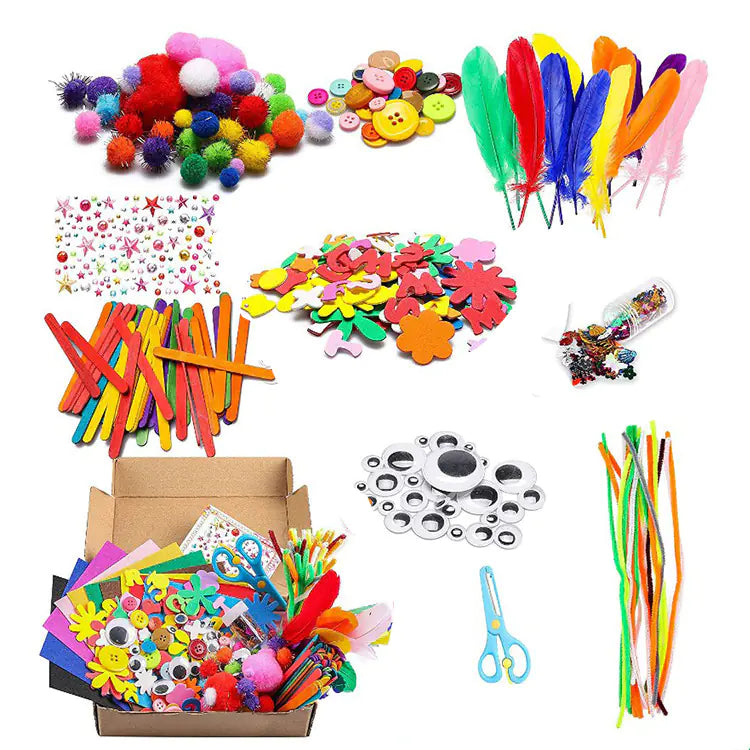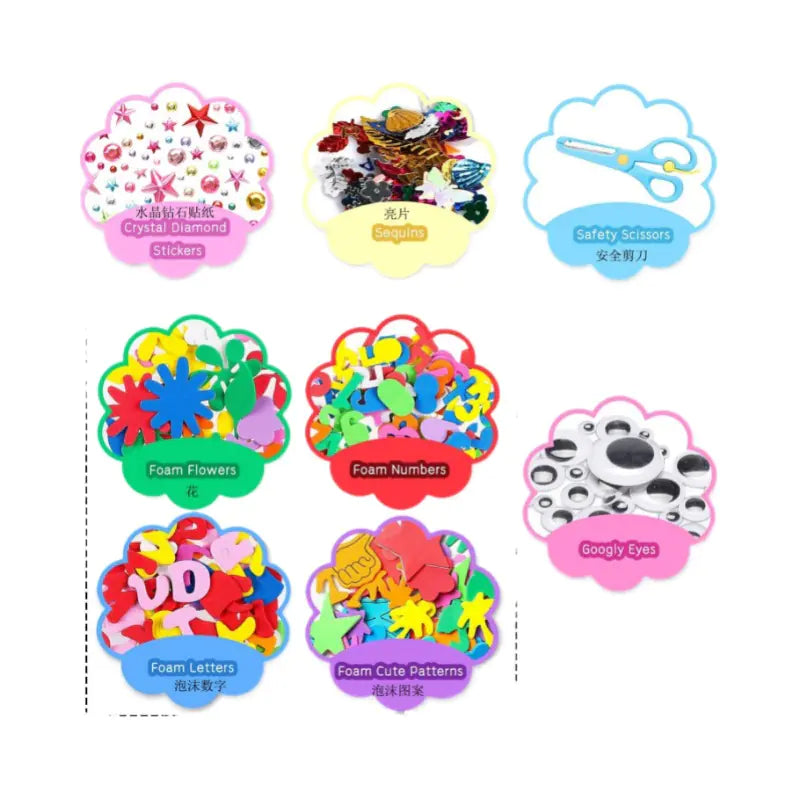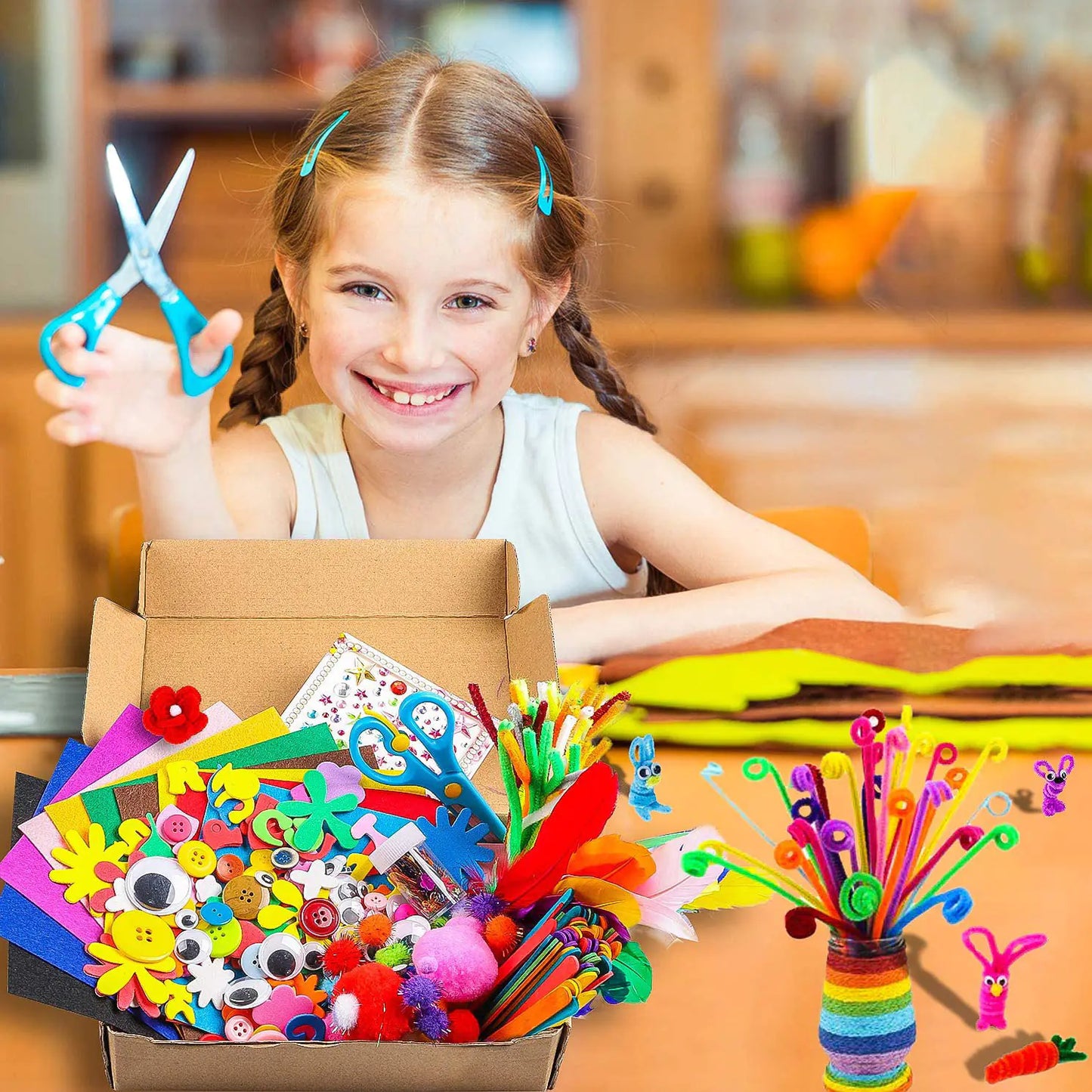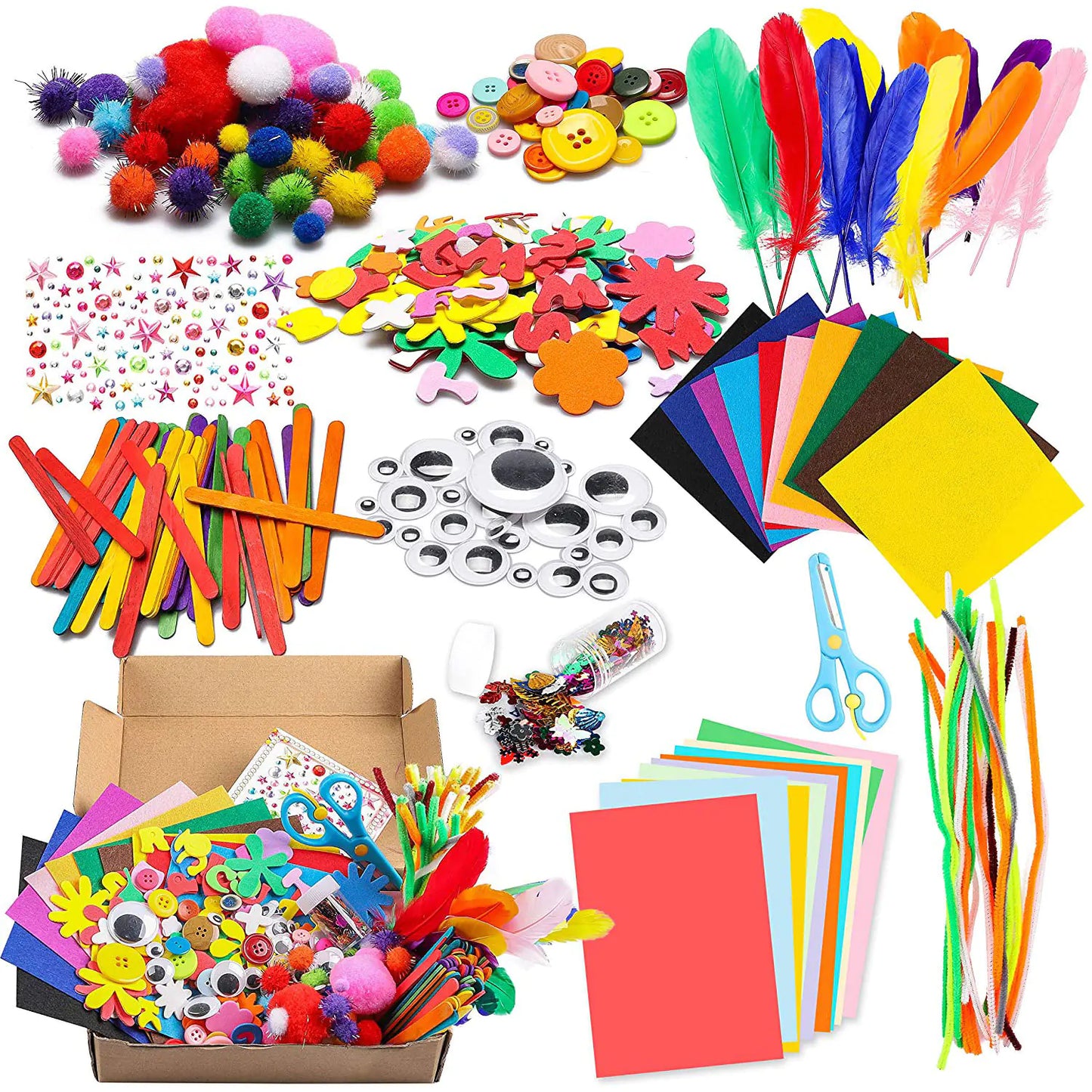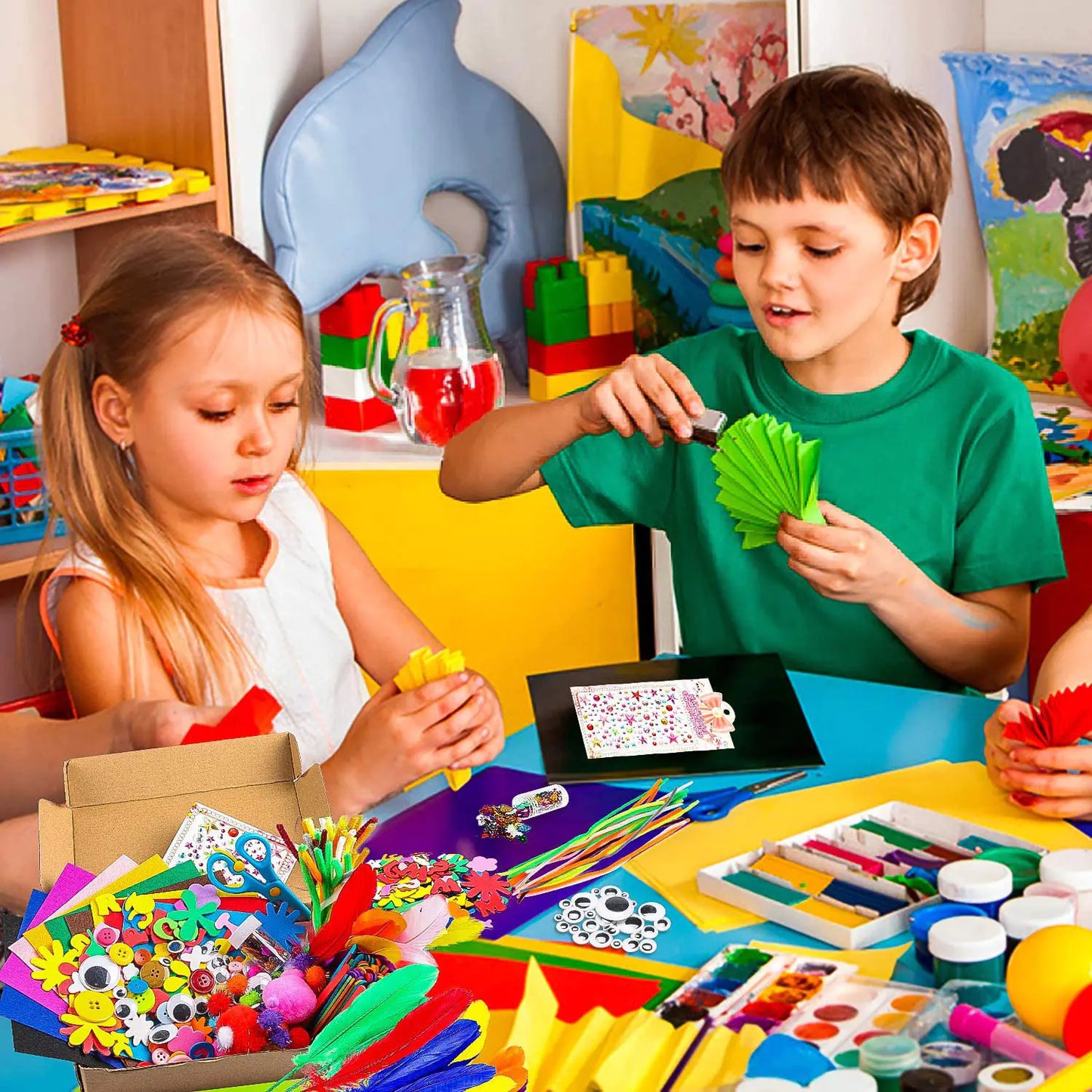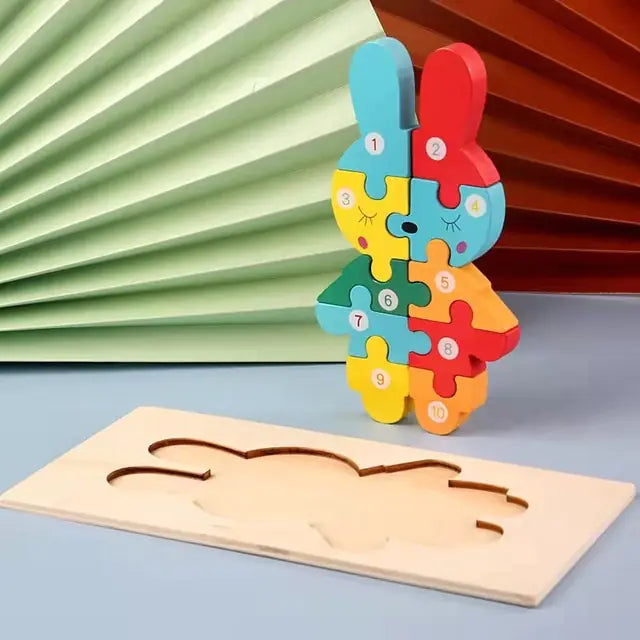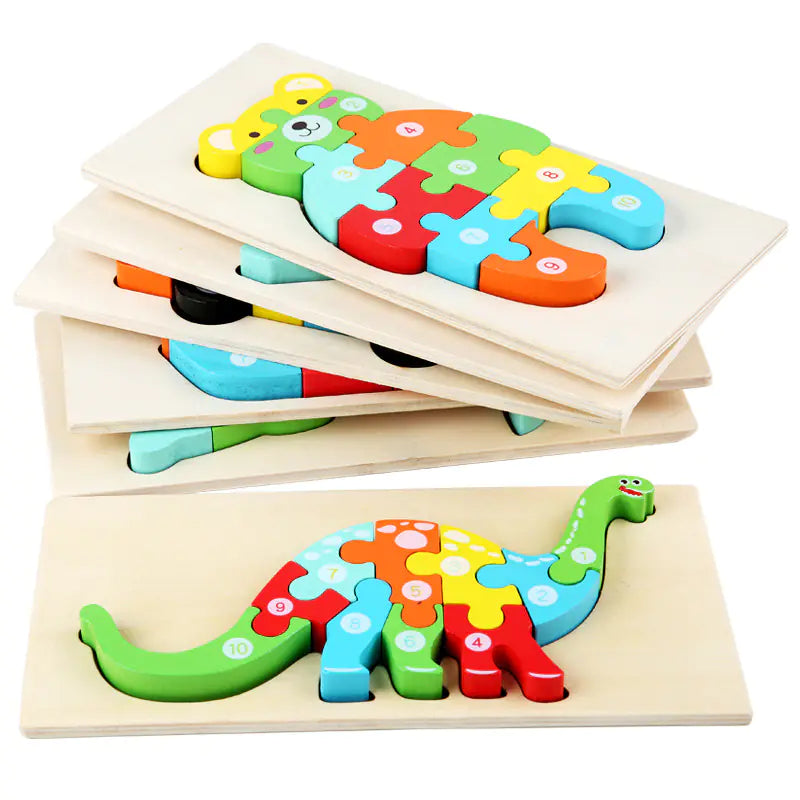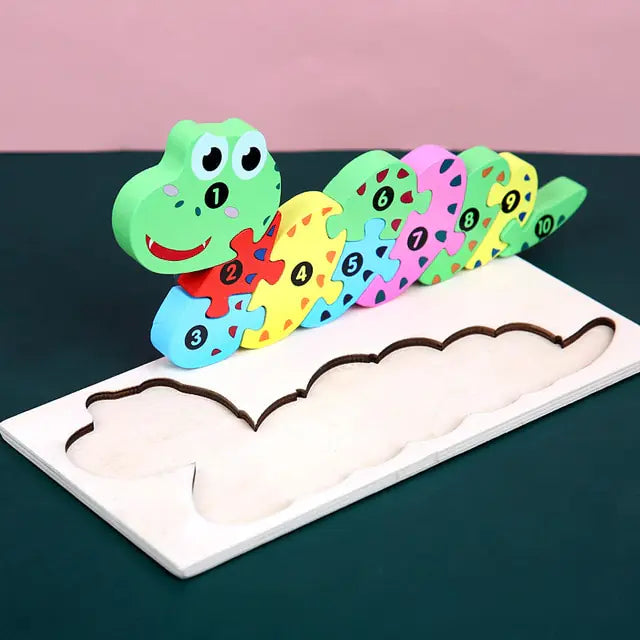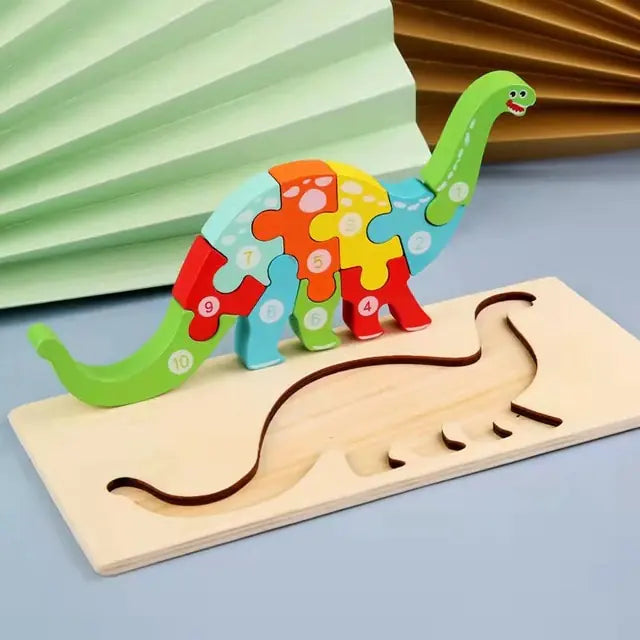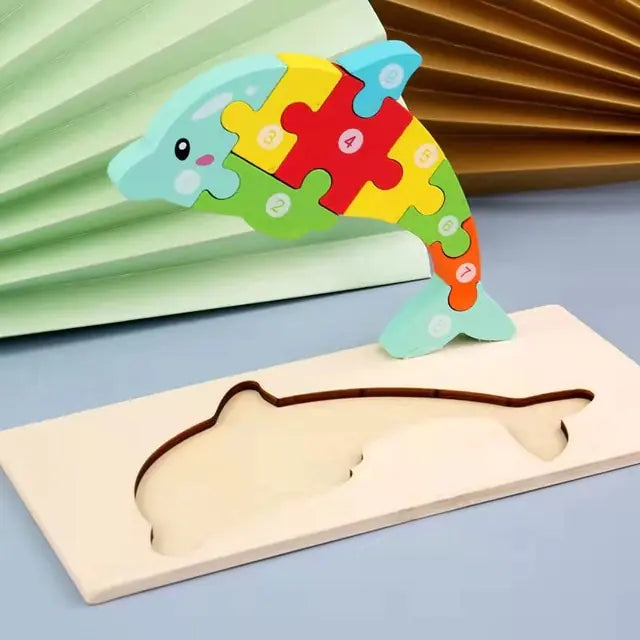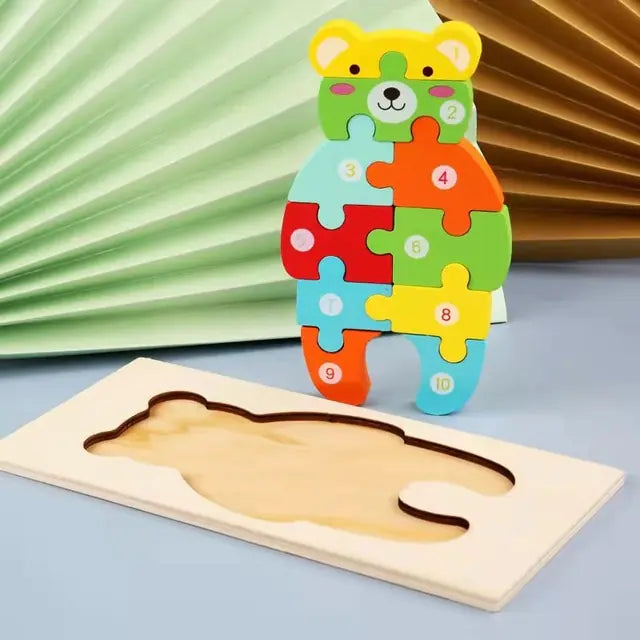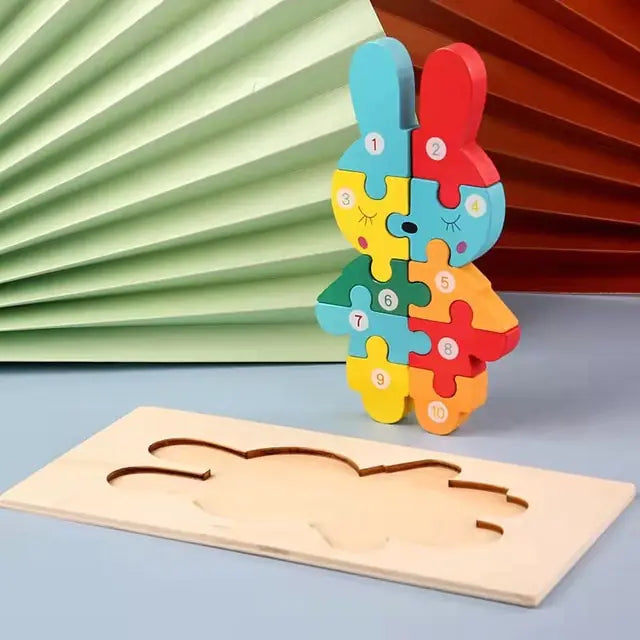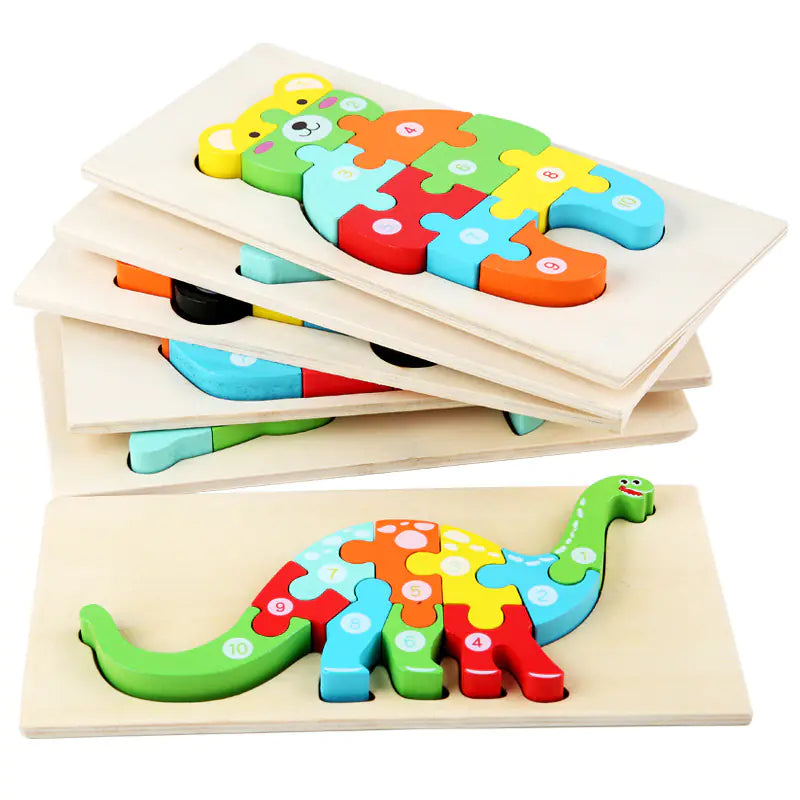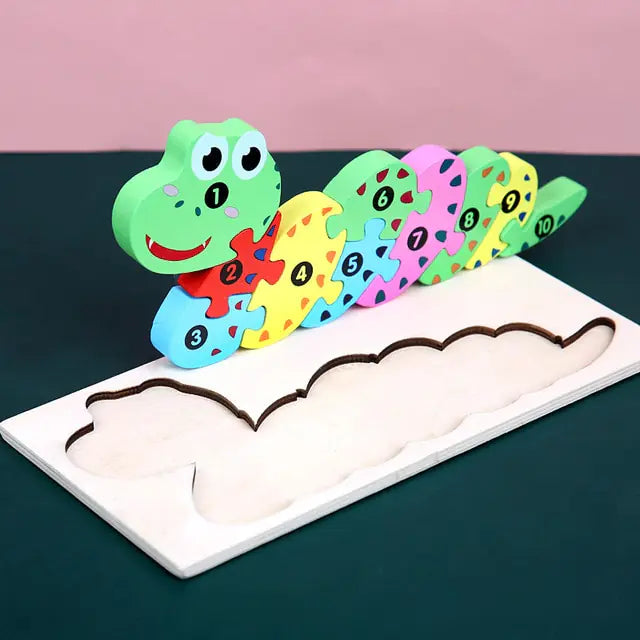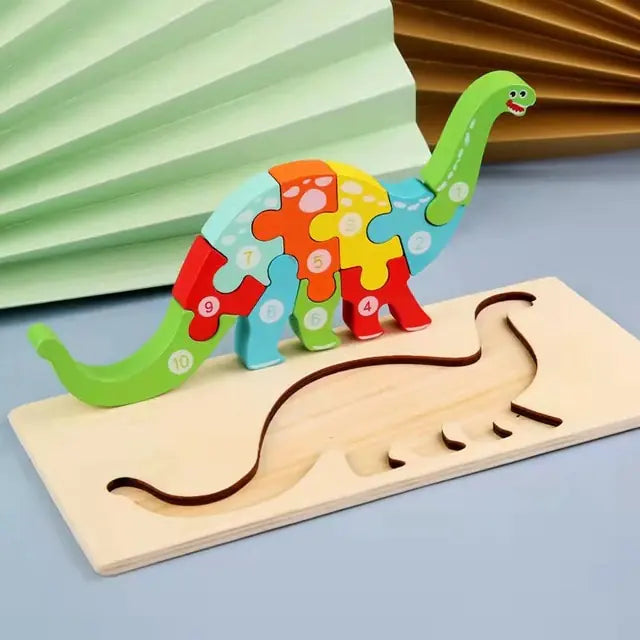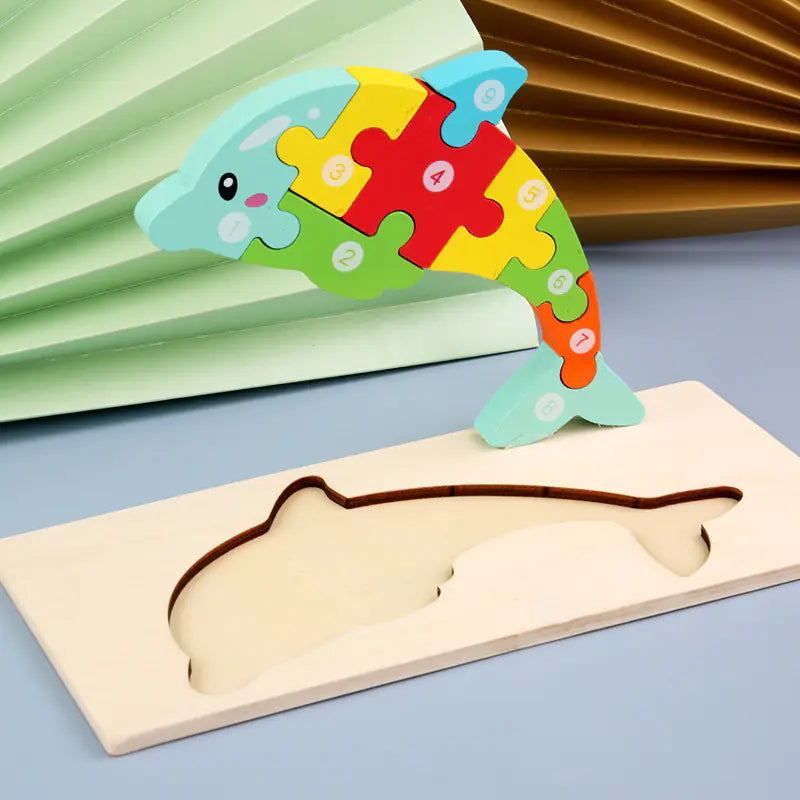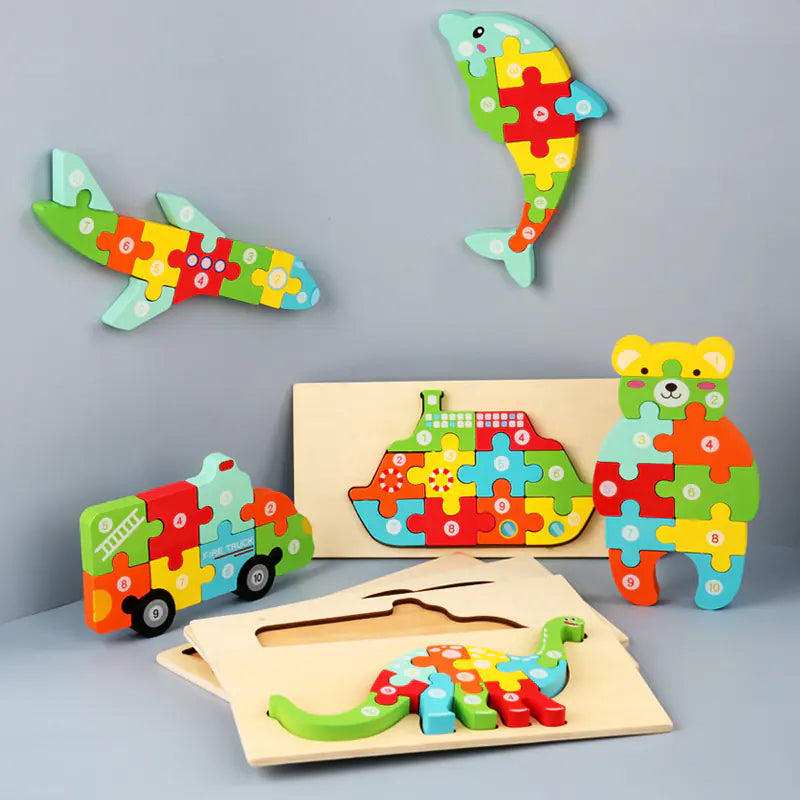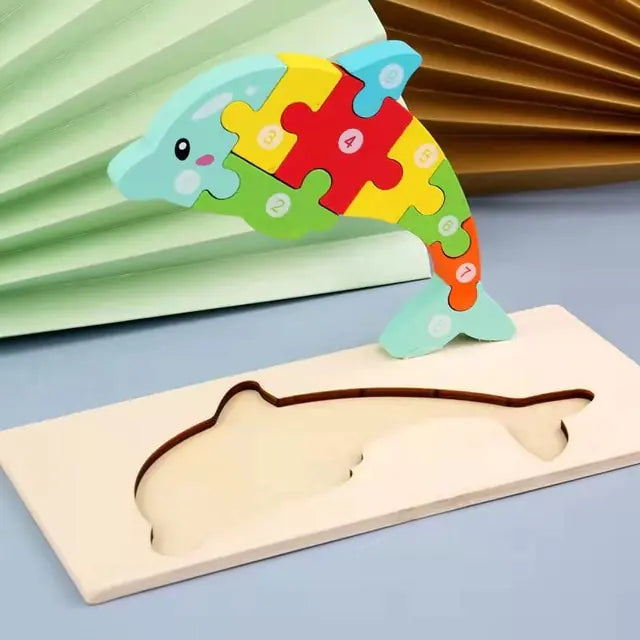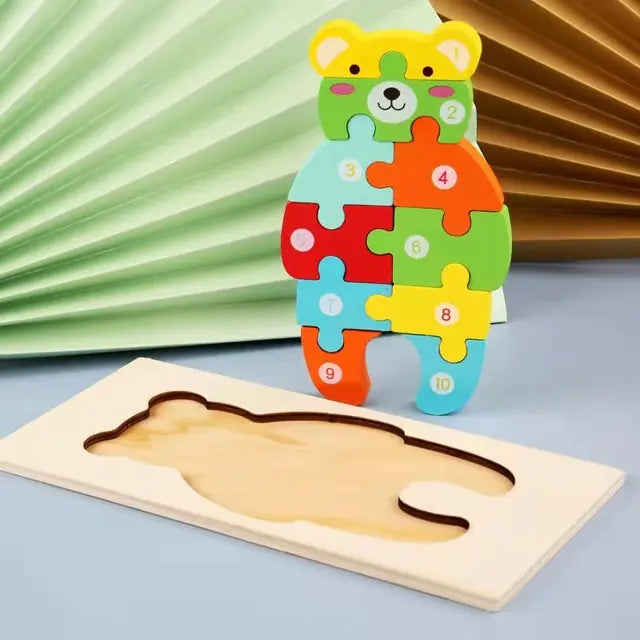Educational toys have long been famous for parents looking to provide their children with interactive and engaging playtime activities. However, as our society becomes more environmentally conscious, many parents are now seeking eco-friendly toys to educate their children about the importance of sustainability. Eco-friendly educational toys teach children the importance of reducing waste and conserving resources and help them develop a better understanding of our planet and its ecosystems.
Why Choose Eco-Friendly Educational Toys?

Benefits for Kids and the Planet
Choosing eco-friendly educational toys is a win-win for your kids and the environment. These toys are made from sustainable materials like wood, bamboo, and recycled plastic, which means they are non-toxic and biodegradable. By opting for these toys, you can reduce your household's carbon footprint and teach your kids about the importance of environmental stewardship. Supporting local and small businesses that produce these toys can help build stronger, more sustainable communities.
Materials to Look For
When shopping for eco-friendly educational toys, knowing what materials to look for is essential. Some of the best options include:
- Sustainable Wood: Often sourced from responsibly managed forests.
- Bamboo: A fast-growing, renewable resource.
- Recycled Plastics: Helps reduce waste and repurpose materials.
- Organic Fabrics: Free from harmful chemicals and pesticides.
These materials are better for the planet and safer for your child to play with.
How They Foster Learning
Eco-friendly educational toys are designed to stimulate your child's imagination and creativity. They often encourage open-ended play, which is crucial for cognitive development. These toys can also enhance social and emotional growth by promoting cooperative play and problem-solving skills. Many eco-friendly toys are designed to teach kids about science, technology, engineering, and math (STEM), making learning fun and interactive.
Investing in eco-friendly educational toys is a smart choice for both your family and the environment. They offer numerous benefits, from reducing your carbon footprint to fostering your child's development in a safe and sustainable way.
Top Brands Making Eco-Friendly Educational Toys

Green Toys is a fantastic brand that creates toys from 100% recycled materials, primarily milk jugs. Their products are not only safe for kids but also help reduce waste. Their commitment to sustainability is truly inspiring. From building blocks to toy cars, Green Toys offers a wide range of fun and educational options.
PlanToys is another leading brand in the eco-friendly toy market. It creates toys using sustainable materials like rubberwood and non-toxic dyes. PlanToys is designed to enhance developmental skills in children while being kind to the planet. Their toys range from musical instruments to intricate puzzles, making learning an enjoyable experience.
Hape is known for its high-quality wooden toys that are both durable and eco-friendly. They use sustainable bamboo and water-based paints to ensure their toys are safe for children and the environment. Hape's toys are designed to stimulate creativity and imagination, making them an excellent choice for conscious parents. Their innovative designs and commitment to sustainability make them a top pick in the eco-friendly toy market.
Investing in eco-friendly educational toys from these brands not only benefits your child's development but also contributes to a healthier planet. By choosing sustainable options, we can make a positive impact on the environment while providing our kids with engaging and educational playtime.
DIY Eco-Friendly Educational Toys

Creating toys at home is a fantastic way to reduce waste, save money, and engage in meaningful play with your children. Here are some simple projects you can try:
- Eco-Friendly Building Blocks: Repurpose scrap wood or use sustainably sourced wood to create a set of building blocks. Sand them down to ensure they are safe for little hands, and leave them natural, or use non-toxic paints or beeswax for finishing.
- Cardboard Playhouses: Use old cardboard boxes to create imaginative playhouses. Let your kids decorate them with non-toxic markers or paints.
- Fabric Scrap Dolls: Use leftover fabric scraps to sew simple dolls or stuffed animals. This is a great way to teach basic sewing skills and create a cherished toy.
One of the best parts about DIY eco-friendly toys is using materials you already have at home. Here are some ideas:
- Cardboard: Perfect for creating playhouses, puzzles, and more.
- Fabric scraps: Ideal for making dolls, costumes, or even small bean bags.
- Wood offcuts: Great for building blocks, toy cars, or simple puzzles.
- Plastic bottles: These can be transformed into musical instruments or sensory bottles.
Getting your kids to make their toys can be a fun and educational experience. It teaches them about sustainability and gives them a sense of accomplishment. Here are some tips:
- Let them choose the project: Give them options and let them decide what they want to make.
- Teach them about the materials: Explain why you use certain materials and how it helps the environment.
- Make it a family activity: Set aside time for everyone to work on the project together. This will not only make it more fun but also strengthen family bonds.
Making DIY eco-friendly toys is not just about saving money or reducing waste. It's about creating memories and teaching our kids the importance of sustainability in a fun and engaging way.
How to Identify Truly Eco-Friendly Toys

When shopping for eco-friendly educational toys, it's essential to look for certifications that guarantee the product's sustainability. Certifications like FSC (Forest Stewardship Council) and GOTS (Global Organic Textile Standard) ensure that the materials used are responsibly sourced and processed. Additionally, look for labels such as Fair Trade Certified and Green America Certified Business, which indicate ethical manufacturing practices.
Not all toys marketed as 'eco-friendly' are genuinely sustainable. Be cautious of greenwashing tactics, where companies make misleading claims about their environmental efforts. Avoid toys made from PVC or conventional plastic, as these materials are harmful and non-biodegradable. Also, avoid products with excessive packaging, especially if they are not recyclable.
Don't hesitate to ask sellers specific questions about the toys to ensure you're making a conscious purchase. Inquire about the materials used, the manufacturing process, and the company's overall sustainability practices. Questions like, "Are these toys made from recycled or renewable materials?" and "What steps does your company take to minimize its environmental impact?" can provide valuable insights.
Choosing truly eco-friendly toys not only benefits our planet but also sets a positive example for our children. By being mindful of certifications, avoiding red flags, and asking the right questions, we can make informed decisions that align with our values.
Eco-Friendly Educational Toys for Different Age Groups

For Babies and Toddlers
When it comes to babies and toddlers, safety is the top priority. Eco-friendly educational toys from non-toxic, sustainable materials like organic cotton and natural wood are perfect for this age group. These toys often include simple puzzles, stacking blocks, and soft toys that help develop fine motor skills and hand-eye coordination.
For Preschoolers
Preschoolers' curiosity is boundless. Eco-friendly toys that encourage exploration and creativity are ideal. Think of toys like wooden building sets, eco-friendly art supplies, and interactive puzzles. These toys entertain and teach basic concepts of shapes, colors, and problem-solving.
For School-Aged Kids
For school-aged kids, eco-friendly educational toys can be more complex and challenging. Look for science kits, advanced puzzles, and DIY craft sets from recycled or sustainable materials. These toys can foster a love for learning and creativity while teaching kids about sustainability and environmental responsibility.
Investing in eco-friendly educational toys is a great way to teach kids about sustainability while providing them with engaging and educational playtime activities.
The Role of Eco-Friendly Toys in Child Development

Cognitive Benefits
Eco-friendly educational toys are fantastic for boosting your child's cognitive development. These toys often encourage problem-solving and critical thinking. For instance, a simple wooden puzzle can help your child develop spatial awareness and improve their memory. Kids can learn to think creatively and independently by engaging with these toys.
Social and Emotional Growth
Playing with eco-friendly toys can also foster social and emotional growth. Many of these toys are designed for cooperative play, which helps children learn to share and work together. This can be especially beneficial in developing empathy and communication skills. Imagine your child building a tower with friends using sustainable blocks; they're not just playing but learning valuable life skills.
Physical Development
Lastly, eco-friendly toys can contribute to your child's physical development. Toys like balance boards or wooden climbing structures encourage physical activity and help develop motor skills. These toys are safe and durable, making them perfect for active play.
Investing in eco-friendly educational toys is a win-win. Your child gets to enjoy a fun, engaging playtime while also developing essential skills for their future.
Where to Buy Eco-Friendly Educational Toys

Shopping online for eco-friendly educational toys is super convenient. Websites like Amazon, EarthHero, and The Tot offer many sustainable options. You can easily compare prices and read reviews to ensure you get the best deal.
Don't overlook your local toy stores! Many small businesses are now stocking eco-friendly educational toys. By shopping locally, you reduce your carbon footprint and support your community. Check out stores like The Green Arcade in San Francisco or The Wild in Brooklyn for fantastic options.
Why not give pre-loved toys a new home? Thrift stores, garage sales, and online marketplaces like eBay and Facebook Marketplace are great places to find second-hand eco-friendly educational toys. It's a win-win—you save money and help the environment by reducing waste.
Investing in eco-friendly educational toys can bring many benefits, including a positive impact on the environment and contributing to your child's learning and development. But, some may think eco-friendly toys are expensive or hard to find. However, this is not the case.
Eco-Friendly Toy Storage Solutions

Using Recycled Materials
Using recycled materials is a fantastic way to stay eco-friendly when storing toys. I love repurposing old boxes, baskets, and fabric scraps to create unique storage solutions. Not only does this reduce waste, but it also adds a personal touch to your child's play area. Plus, it's a great way to teach kids about the importance of recycling and sustainability.
Space-Saving Ideas
Are you living in a smaller space? No problem! There are plenty of space-saving ideas that are both eco-friendly and practical. Consider using stackable bins made from recycled plastic or bamboo. Wall-mounted shelves are another great option, freeing up floor space while keeping toys organized. You can use multi-functional furniture, like a storage bench, to keep things tidy.
Keeping Toys Organized
Keeping toys organized can be challenging, but it's doable with a few simple strategies. Labeling bins and boxes can make it easier for kids to find and put away their toys. I also like to rotate toys every few weeks to keep things fresh and exciting. This not only helps with organization but also encourages kids to play with a variety of toys, fostering their learning and development.
By choosing eco-friendly storage solutions, we can make a positive impact on the environment while keeping our homes neat and organized. It's a win-win for everyone!
The Future of Eco-Friendly Educational Toys

Innovations in Sustainable Toy Design
The future of eco-friendly educational toys is inspiring! We're seeing a surge in innovative designs that focus on sustainability and enhancing the educational value of the toys. Imagine toys made from biodegradable materials that can be composted after their lifecycle. These innovations are not just good for the planet but also for teaching children sustainability and environmental stewardship through interactive educational toys.
Trends to Watch
One of the biggest trends to watch is integrating technology with eco-friendly materials. Think solar-powered toys or educational kits that teach kids about renewable energy. Another trend is the rise of minimalist toy designs focusing on quality over quantity. These toys are built to last, reducing the need for frequent replacements and thereby minimizing waste.
How You Can Support the Movement
Supporting the movement towards eco-friendly educational toys is easier than you might think. Here are a few ways you can contribute:
- Buy from brands that prioritize sustainability.
- Opt for toys made from recycled or biodegradable materials.
- Encourage your kids to take care of their toys so they last longer.
- Get involved in community initiatives that promote sustainable living.
By teaching them from an early age about sustainable living practices and the importance of the environment, we are shaping them to become responsible adults who will make environmentally conscious decisions.
The future is bright for eco-friendly educational toys, and with your support, we can significantly impact both our children's education and the planet.
Eco-Friendly Educational Toys as Gifts

Eco-friendly educational toys make great gifts for all occasions. Whether it's a birthday, holiday, or just because, these toys offer a unique blend of fun and learning while promoting sustainability. Choosing eco-friendly toys shows you care about the environment and your child's development.
Adding a personal touch to your gift can make it even more special. Consider customizing the toy with the child's name or selecting a toy that aligns with their interests. This makes the gift more meaningful and shows that you've put thought into your choice.
When it comes to wrapping your eco-friendly gift, think green! Use recycled paper, reusable fabric wraps, or a fun tote bag. Not only does this reduce waste, but it also adds an extra layer of thoughtfulness to your gift. Sustainable wrapping can be just as beautiful and creative as traditional options.
Looking for the perfect gift that combines fun and learning? Explore our range of eco-friendly educational toys that inspire creativity and cognitive development in children. Visit our website to discover toys that make a difference!
Conclusion
Ultimately, choosing eco-friendly educational toys is a win-win for your kids and the planet. These toys provide endless fun and learning opportunities and teach valuable lessons about sustainability and environmental stewardship. Plus, you're contributing to a greener future by supporting brands that prioritize eco-friendly practices. So, next time you shop for toys, think about going green—your kids and Mother Earth will thank you!
Frequently Asked Questions
What are eco-friendly educational toys?
Eco-friendly educational toys are made from sustainable materials designed to be academic and environmentally friendly. They often use wood, bamboo, recycled plastic, and organic fabrics.
Why should I choose eco-friendly educational toys for my child?
Choosing eco-friendly educational toys helps reduce environmental impact, teaches children about sustainability, and ensures they play with non-toxic and safe materials.
What materials are commonly used in eco-friendly educational toys?
Common materials include sustainable wood, bamboo, recycled plastics, organic cotton, and other biodegradable or recyclable materials.
Are eco-friendly educational toys more expensive than regular toys?
While some eco-friendly toys may be slightly more expensive due to the cost of sustainable materials and ethical production, they are often more durable and safer, making them a worthwhile investment.
How do eco-friendly educational toys benefit my child's development?
These toys encourage creative play, cognitive development, and social and emotional growth. They also teach children about the importance of sustainability and environmental stewardship.
Where can I buy eco-friendly educational toys?
You can find eco-friendly educational toys at online stores, local shops, and even second-hand stores. Some popular brands include Green Toys, PlanToys, and Hape.
How can I ensure a toy is genuinely eco-friendly?
Look for certifications such as FSC, Fair Trade, or organic labels. Additionally, research the brand's sustainability practices and avoid toys with excessive packaging or those made from non-recyclable materials.
Can I make DIY eco-friendly educational toys at home?
You can create simple and fun DIY eco-friendly toys using materials like cardboard, fabric scraps, and other recyclable items. Involving your child in the process can also be a great educational activity.
